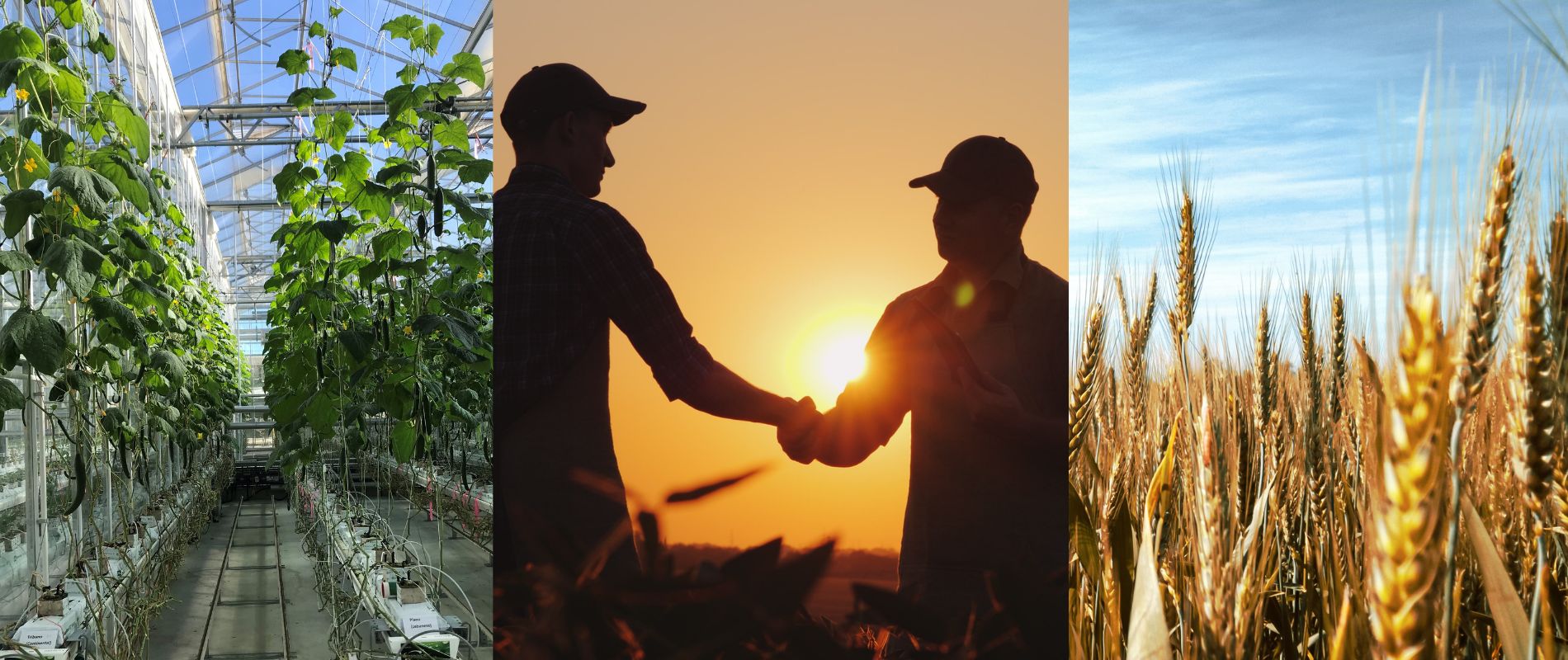As we approach the end of June, I have been packing my bags in preparation for my first overseas trip since 2019. Next week, I will be visiting folk in the UK, starting with the National Institute of Agricultural Botany (NIAB). NIAB is a non-profit entity established over 100 years ago with a mission to improve agricultural and horticultural production in the UK. It fuses fantastic field and laboratory infrastructure with investment in staff with specialist knowledge in plant science, crop evaluation and agronomy. NIAB uses applied research to develop higher yielding, more climate resilient crops, with industry partnerships providing opportunities to translate that research into outcomes of direct relevance to the agri-sector. Through their Crop Science Centre, NIAB is collaborating with the University of Cambridge to expand the impact of their work. NIAB has also recently established Barn4 – a purpose-built incubator hub for start-up agri-tech businesses. The similarity of these goals with that of CEAT is striking. For this reason, I am really looking forward to exploring opportunities for collaboration when I visit Cambridge next week.
Another organisation with a shared vision for using technology to improve agriculture is the Hawkesbury Institute for the Environment (HIE) at Western Sydney University (WSU) in Richmond, NSW. While visiting the HIE two weeks ago to give a seminar, I had the pleasure of visiting the National Vegetable Protected Cropping Centre. Core to the Centre is an extraordinary industry-aligned experimental glasshouse facility funded by a partnership with WSU and Hort Innovation. Led by Professor David Tissue, the facility is exploring ways of using technology to improve the productivity and nutritional content of a range of vegetables and fruits. This includes evaluating how different types of glass influence energy use and profitability of the glasshouse system. Training the next generation of industry-relevant scientists is also a key goal of the facility. Kudos to Hort Innovation for having the foresight to have invested in such a fantastic facility. Looking forward, my hope is that ANU students and researchers will develop collaborations with the WSU team on projects that provide additional value to WSU and Hort Innovation.
In the past couple of weeks, the CEAT team has begun developing a schedule for an upcoming visit by Dr Alison Bentley, one of CEAT’s Fellows. Alison is Director of the Global Wheat Program at the International Maize and Wheat Improvement Center (CIMMYT) in Mexico. Before joining CIMMYT, Alison worked at NIAB – further highlighting the interconnected nature of international crop research. Alison is coming to Australia to give invited lectures at the upcoming Crawford Fund conference in Canberra and the Wheat Breeders Assembly conference in Narrabri. Between the two conferences, Alison will spend a week at ANU (starting 17 August), based at CEAT. During her stay, she will give an ANU public seminar (followed by a panel discussion) on current global food security challenges and the role of research in helping address those challenges. Please keep an eye out for details on this high-profile event.
Finally, June was a month during which CEAT – through our partnership with Policy Partners – held the last two workshops exploring the role of science, technology and innovation in agricultural transformation. Each workshop was attended by a wide range of stakeholders, including individuals with extensive knowledge of governmental approaches to policy development and implementation. In the workshop held on 3 June, we explored the extent to which the Australian innovation system can support research that addresses agri-sector transformation. In addition to identifying indicators of success for a transformation-enabled innovation system, the workshop also explored principles for how national research and development effort could be galvanised to facilitate transformation. Then, in the last workshop on 29 June, participants explored potential models for how transformational research – focusing to a large extent on long-term, complex challenges – could be resourced. A report that brings together the findings of the workshops will be developed in the coming months – a report that will no doubt provide new insights into how Australia’s research institutions can work with other stakeholders to help transform the agri-sector in the face of a range of challenges, the most prominent being climate change.
Finally, I encourage readers to consider heading to the mountains. June has been a great month for snow and the skiing conditions are excellent!
Best wishes. And make sure you read our CEAT newsletter!
Thank you.
Owen Atkin, Director, CEAT
